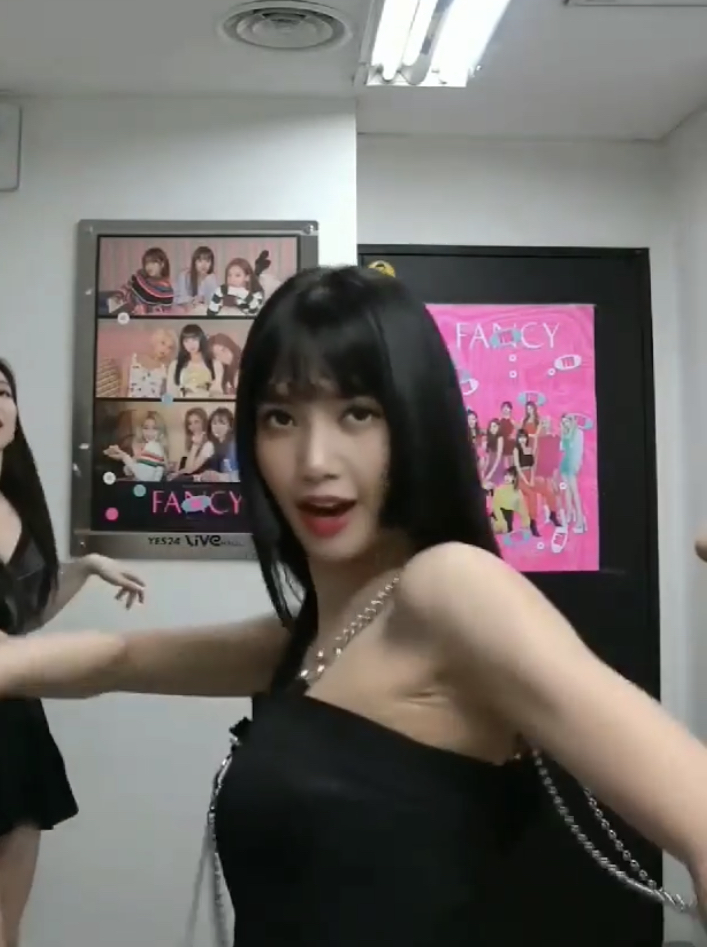

From here, deep fake videos grew and grew, covering everything from parodies to satire and literally everything else in between. It was these initial NSFW videos that first brought the concept of deep fake to the masses. These deep fake videos were, once again, pornographic in nature and featured female celebrities like Gal Gadot, Taylor Swift, and Scarlett Johansson. Deep fakes – as we know them – were born on 2017 and initially published on Reddit by a user called Deep Fake. Hollywood isn’t behind the current glut of deep fake videos you’ll find online instead, it is savvy computer geeks with, arguably, way too much time on their hands. Recent innovations like de-aging, which was used extensively on The Irishman, making Robert De Niro, Al Pacino, and Joe Pesci look decades younger, are just one example of how reality can be warped using computer technology. Hollywood has been pushing the boundaries of what is possible with visual effects for decades. 99% of the videos were also of female celebrities. According to a report from Deeptrace, upwards of 96% of all deep fake videos are pornographic in nature – and the number has doubled during the first nine months of 2021. The VAST majority of deep fake videos are NSFW in nature. Others include Jon Snow apologizing for the Game of Thrones ending, and Barack Obama calling Trump a “Dipsh*t”. It’s called “deep fake” and you’ve probably seen one or two of them already – a really popular one is a Tom Cruise deep fake. With the rise of AI, there is now a new tool available for people that want to make fake videos. And depending on your Photoshop skills, they were either really impressive or rubbish. You edited photos to look like something else.

And during most of the 2000s and the 2010s, this was how fake stuff was made. But how do you make a deep fake video?īefore AI, we had Photoshop. Plenty of people believe they’re dangerous.
Create deep fake how to#
The Ted Talk fake videos of real people, and how to spot them, is also a good overview of deepfake technology.Deep fake videos are becoming increasingly popular online. Social Media Analyst Carl Miller and Nina Schick discuss the rise of Deepfakes, and what she believes is an impending ‘infocalypse’. If deepfakes make people believe they can’t trust video, the problems of false information and conspiracy theories could get worse. Some people already question the facts around events that unquestionably happened, like the Holocaust, the moon landing and 9/11, despite video proof. If everything could be fake does that mean that nothing is real anymore? For as long as we have had photographs and video and audio footage they have helped learn about our past and shaped our how we see and know things. The real potential danger of false information and deepfake technology is creating mistrust or apathy in people about what we see or hear online. There are already issues around news sources and credibility of stories online, deep fakes have the potential to exacerbate the problem of false information online or disrupt and undermine the credibility of and trust in news, and information in general. Developments in these kinds of technologies have obvious social, moral and political implications. While the technology used to create deep fakes is relatively new technology, it is advancing quickly and it is becoming more and more difficult to check if a video is real or not. These are features like the corners of your eyes and mouth, your nostrils, and the contour of your jawline. The technology used to create Deep Fakes is programmed to map faces according to “landmark” points.

GAN can be used to generate new audio from existing audio, or new text from existing text – it is a multi-use technology. For example a GAN can look at thousands of photos of Beyonce and produce a new image that approximates those photos without being an exact copy of any one of the photos. Fake videos can be created using a machine learning technique called a “generative adversarial network” or GAN. Deep Fakes are similar but much more realistic. The basic concept behind the technology is facial recognition, users of Snapchat will be familiar with the face swap or filters functions which apply transformations or augment your facial features. Deep fakes differ from other forms of false information by being very difficult to identify as false. Deepfakes are computer-created artificial videos in which images are combined to create new footage that depicts events, statements or action that never actually happened. Deepfakes are fake videos created using digital software, machine learning and face swapping.


 0 kommentar(er)
0 kommentar(er)
